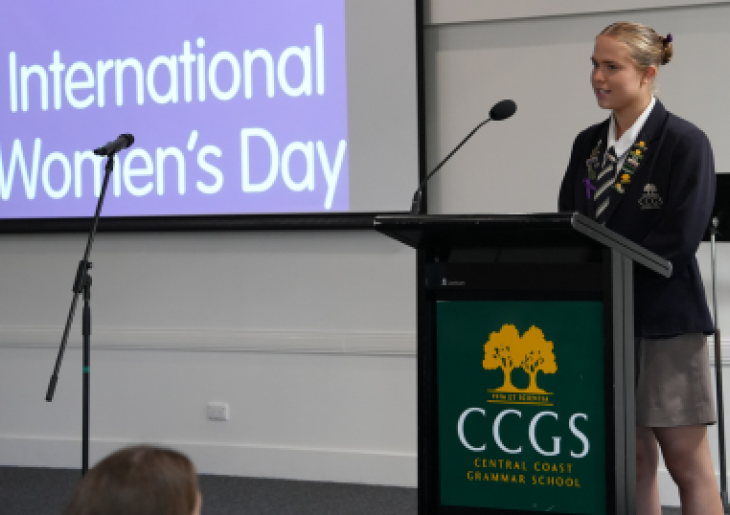Digital literacy: from spider webs to practising language skills
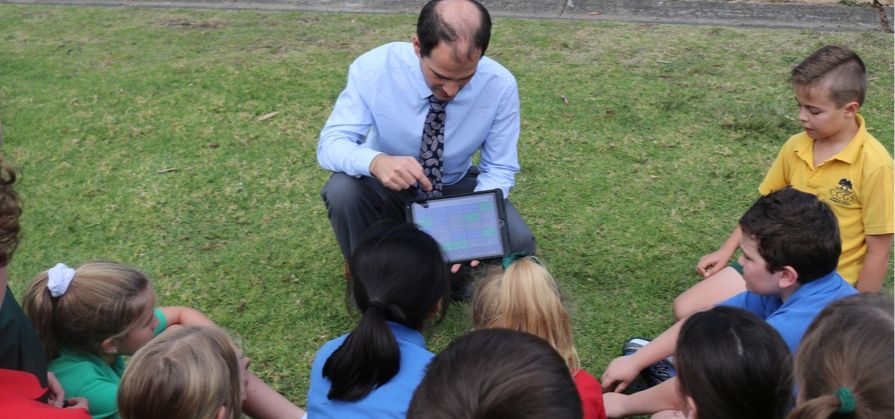
It’s seen as an essential skill in the modern workplace and in modern life but how is digital literacy making its mark in the classroom?
Gone are the days when it was about knowing how to use a computer. Today’s digital literacy journey is about using available technology to change the way you think, add value to your conversations and enhance your learning.
We followed three classes as they embraced technology to add a new dimension to their learning and understanding.
Spiders, maths and robots
What do spiders, maths and robots have in common? As part of the popular mini beasts project, Year 2 students explored the use of mathematical concepts and geometric spider web patterns using a Cue robot.
After reading Charlottes Web – a story of an unlikely friendship between a pig and a spider - students were tasked with programming their Cue to create web shapes and letters. Working in pairs, students explored direction, angles and length by coding a series of instructions for their Cues to follow, no mean feat for a Year 5 student let alone Year 2. With the aid of the robot, students were quickly understanding complex angles, length and speed.
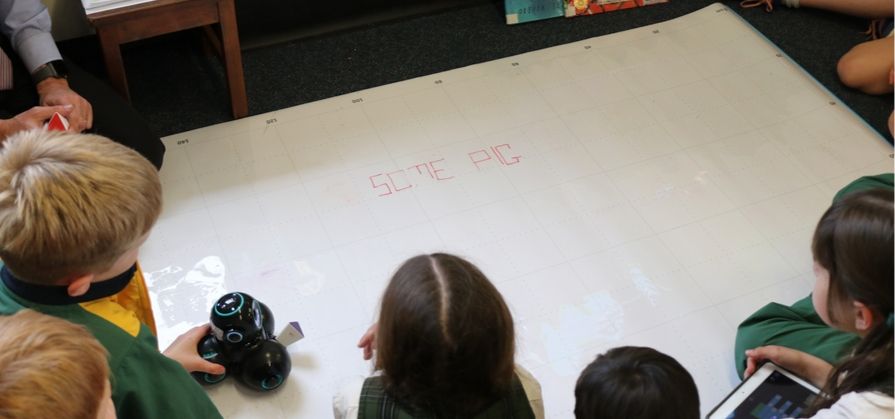
They then used pen attachments for their robot to draw out geometric shapes to make a web and write out letters which combined together to make the phrase “Some pig” from the book. This aided in understanding angle and length patterns within simple shapes as they programmed their robot to create various geometric path designs. Adding the pen attachment to the robot added an additional level of complexity of when to raise and lower the pen.
Everyone certainly respected how complicated web structures are and left with a new appreciation of our spider friends.
Data, insights and analytics
In today’s always-on world, data has become a currency in itself. But making sense of all the data and gaining actionable insights can leave many of us struggling to understand what it is all about! Giving our children a solid foundation for analytical thinking is critical.
Our Year 5 students recently had the opportunity to explore data and set their analytical brains alight when they monitored their own heart rates and analysed the data presented.
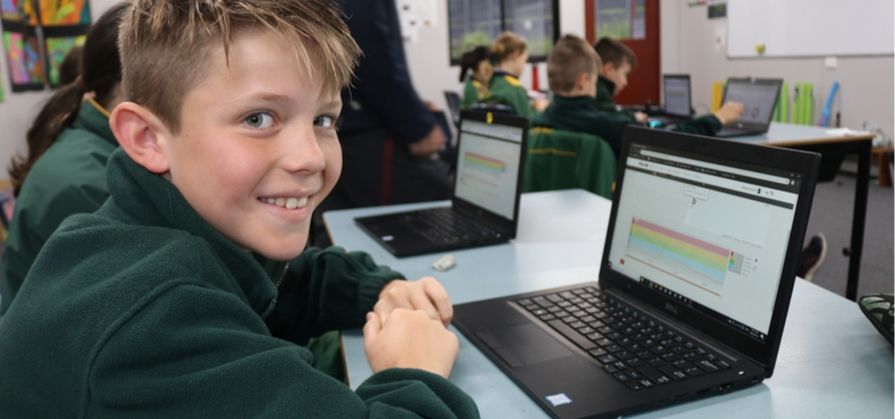
Utilising Polar optical heart rate devices to wirelessly stream their own heart rates measurement data in real time to classroom screens, students collected measurements at rest, whilst exercising and post exercise. Once they had collected the data they exported it to laptops to perform data analysis and create tables and charts in spreadsheets.
Students were asked to think about the type of questions they could ask about their data. Students were quick to discover the answers to their questions: ‘What was my lowest heart rate?’, ‘What was my highest heart rate?’, ‘How long did it take me to go from my lowest to my highest?’ and ‘How long did it take my heart rate to recover once I stopped exercising?’ They then developed presentations to share their findings with the class.
Practising language skills with social media
This year, Year 10 to 12 students were given the opportunity to practise their Japanese speaking skills in person via video with native Japanese students and vice versa thanks to a wonderful collaboration with our partner school, Ueda Nishi in Japan.
Through this international social media project, students from both schools posted self-created videos on a Schoology wall giving students the chance to practice language skills and pronunciation directly with native speakers.
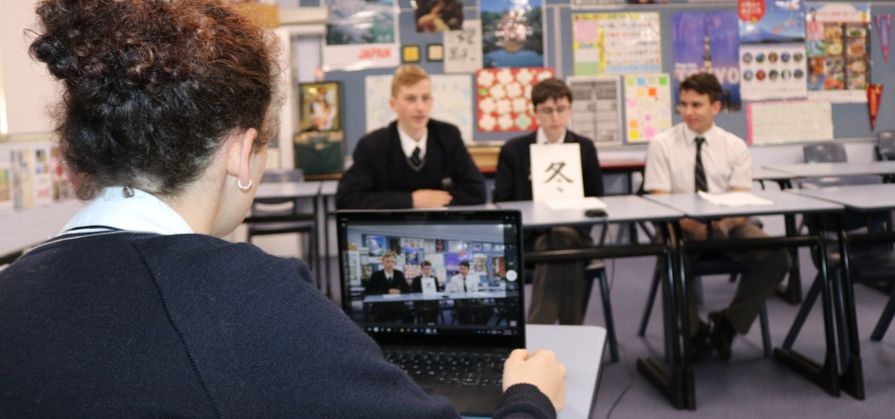
“Hearing from both Japanese and Australian students in person is a wonderful way to gain more confidence, have better pronunciation of words and build friendships between our two countries,” said Yoko Bloore, Head of Languages.
Read more about digital literacy and education and how it helps support learning.



